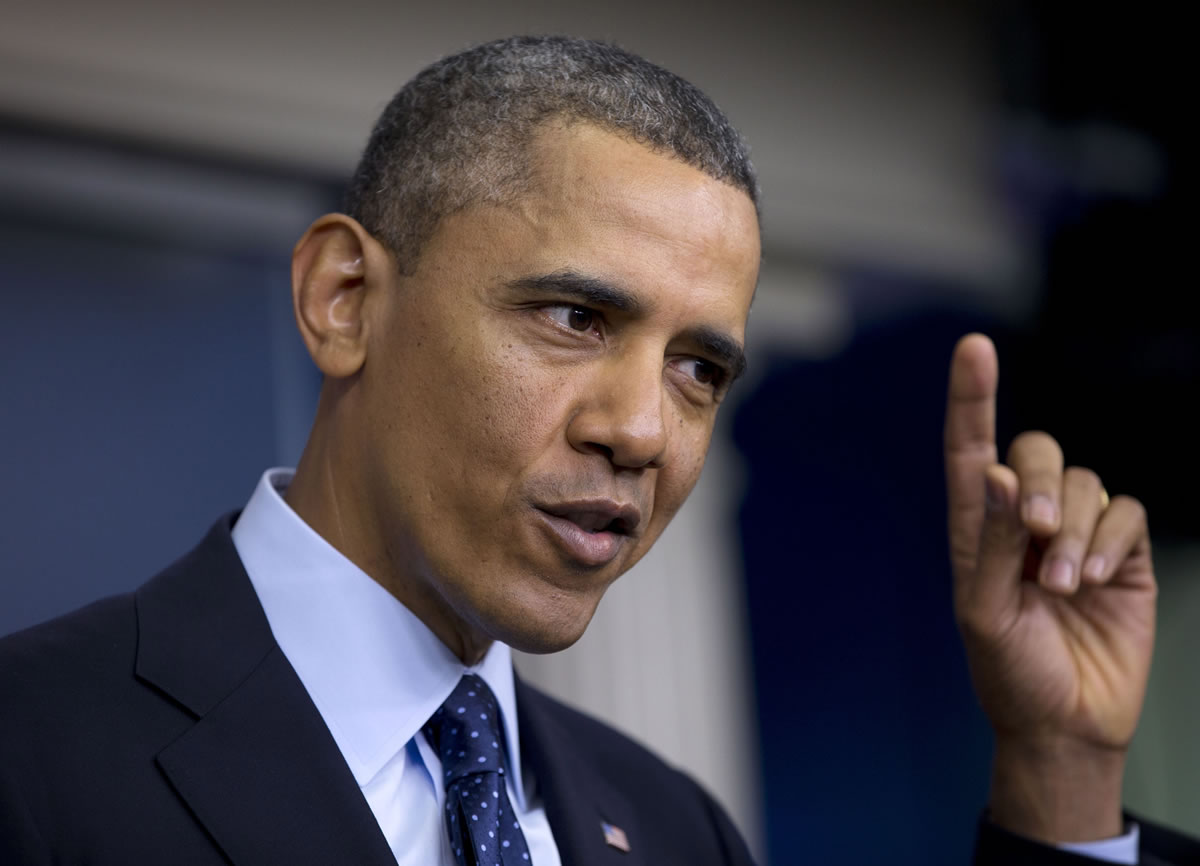SAN FRANCISCO — Politicians on both sides of the aisle continued to blame each other Saturday for the federal budget cuts, the so-called sequester, that began to take effect late Friday after all 11th-hour efforts to reach an agreement failed.
In his weekly address Saturday, posted on the White House website just hours after the sequester officially took effect, President Barack Obama said the pain of the sequester “will be real,” with ripple effects across the economy.
“These cuts are not smart, they will hurt our economy and cost us jobs,” he said. At a time the U.S. economic recovery is taking hold, “the last thing Washington should do is to get in the way.”
The longer these “cuts remain in place, the longer the damage,” costing an estimated loss of more than 750,000 jobs and slowing the U.S. economy by more than one-half of 1 percent, he said.
The weekly Republican address, delivered by U.S. Rep. Cathy McMorris Rodgers of Washington, blamed Obama and congressional Democrats for failing to act and avoid the sequester.
“The Democrat-controlled Senate never passed a bill to replace the sequester,” she said, whereas in the past year the House of Representatives had presented two proposals to replace the sequester with “smarter spending cuts” aimed at long-term tax reform to lower tax rates and help create jobs.
“Spending is the problem, which means cutting spending is the solution. It’s that simple,” she said.
In a letter to Speaker John Boehner, the deputy director of management of the Office of Management and Budget, Jeffrey Zients, spelled out the $85 billion budget cuts this year alone, saying the required cuts “will be deeply destructive to national security, domestic investments, and core Government functions.”
The OMB calculated:
• A 7.8 percent reduction in nonexempt defense discretionary funding.
• A 5 percent reduction in nonexempt nondefense discretionary funding.
• A 2 percent reduction to Medicare.
The sequester also calls for cuts in discretionary spending by $109 billion a year from 2014 to 2021.
The sequester passed in 2011 as part of the debt-ceiling compromise and the “Supercommittee,” which never agreed on longer-term cuts worth trillions of dollars.
Sequester cuts were supposed to happen at the New Year, combined with the expiration of tax cuts and the payroll tax cut, but it was delayed until March 1 as lawmakers averted the “fiscal cliff.”
The sequester also calls for cuts in discretionary spending by $109 billion a year from 2014 to 2021. No federal programs are eliminated, but the effect is to reduce existing programs.



